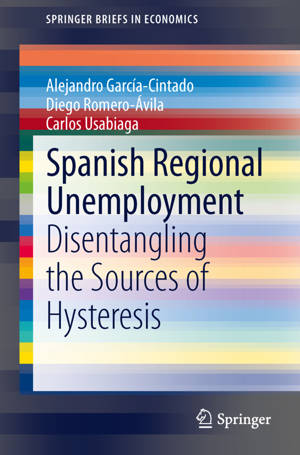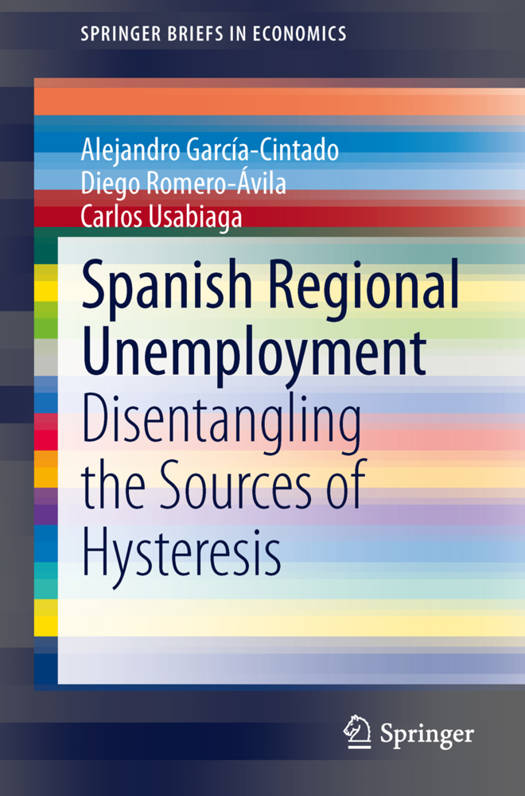
Door een staking bij bpost kan je online bestelling op dit moment iets langer onderweg zijn dan voorzien. Dringend iets nodig? Onze winkels ontvangen jou met open armen!
- Afhalen na 1 uur in een winkel met voorraad
- Gratis thuislevering in België vanaf € 30
- Ruim aanbod met 7 miljoen producten
Door een staking bij bpost kan je online bestelling op dit moment iets langer onderweg zijn dan voorzien. Dringend iets nodig? Onze winkels ontvangen jou met open armen!
- Afhalen na 1 uur in een winkel met voorraad
- Gratis thuislevering in België vanaf € 30
- Ruim aanbod met 7 miljoen producten
Zoeken
Spanish Regional Unemployment
Disentangling the Sources of Hysteresis
Alejandro García-Cintado, Diego Romero-Ávila, Carlos Usabiaga
€ 52,95
+ 105 punten
Omschrijving
This work investigates the time series properties of the unemployment rate of the Spanish regions over the period 1976-2011. For that purpose, the authors employ the PANIC procedures of Bai and Ng (2004), which allows to decompose the observed unemployment rate series into common factor and idiosyncratic components. This enables the authors to identify the exact source behind the hysteretic behaviour found in Spanish regional unemployment. Overall, the analysis with three different proxies for the excess of labour supply renders strong support for the hysteresis hypothesis, which appears to be caused by a common stochastic trend driving all the regional unemployment series. In the second part of the analysis the authors try to determine the macroeconomic and institutional factors that are able to explain the time series evolution of the common factor, and in turn help us shed light on the ultimate sources of hysteresis. The reader shall see how the variables that the empirical analysis emphasises as relevant closely fit into the main causes of the Spanish unemployment behaviour. Finally, some policy considerations drawn from the results are presented.
Specificaties
Betrokkenen
- Auteur(s):
- Uitgeverij:
Inhoud
- Aantal bladzijden:
- 68
- Taal:
- Engels
- Reeks:
Eigenschappen
- Productcode (EAN):
- 9783319036854
- Verschijningsdatum:
- 28/01/2014
- Uitvoering:
- Paperback
- Formaat:
- Trade paperback (VS)
- Afmetingen:
- 156 mm x 234 mm
- Gewicht:
- 122 g

Alleen bij Standaard Boekhandel
+ 105 punten op je klantenkaart van Standaard Boekhandel
Beoordelingen
We publiceren alleen reviews die voldoen aan de voorwaarden voor reviews. Bekijk onze voorwaarden voor reviews.











